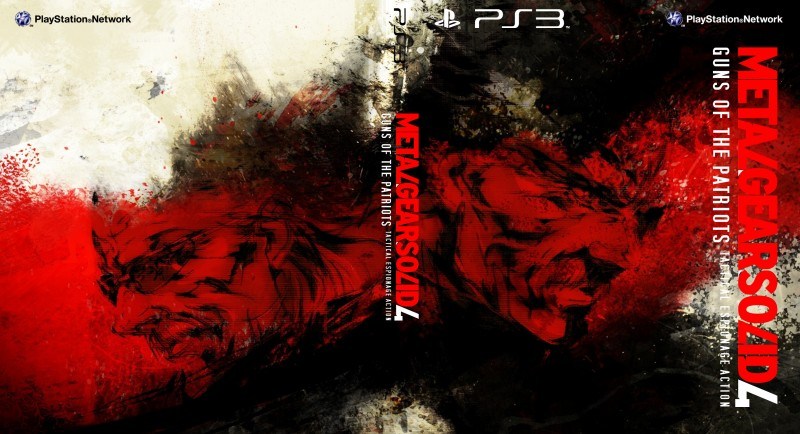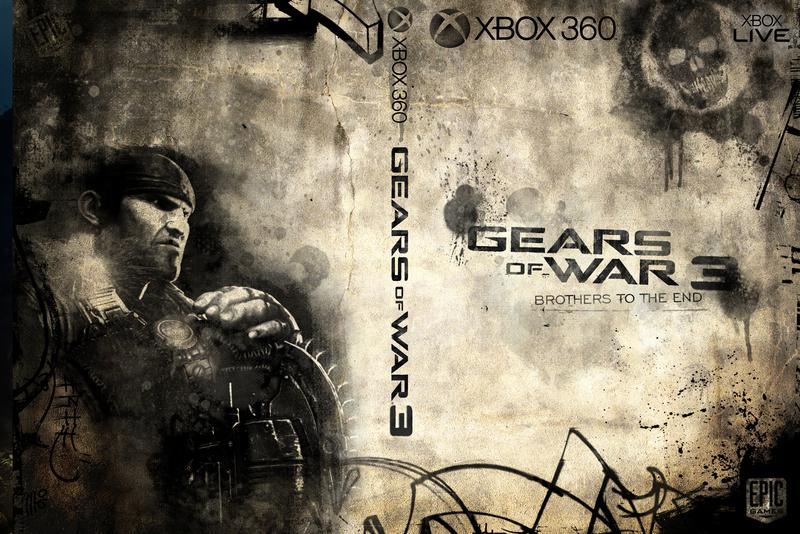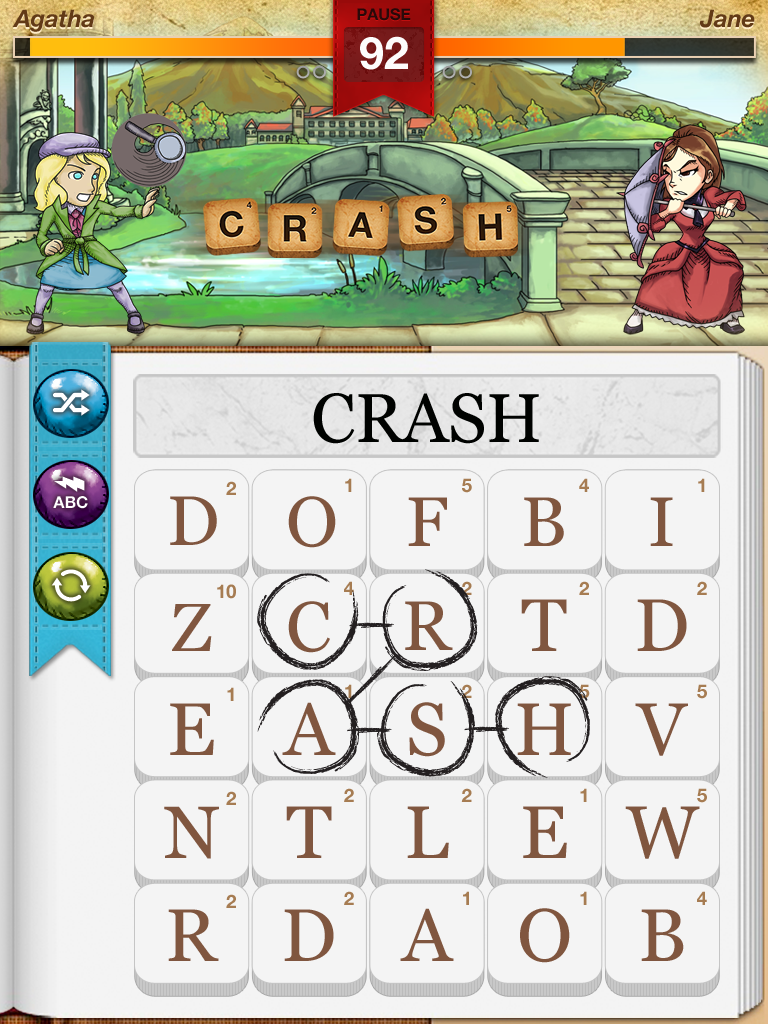By Steve Fowler
The notion of providing high quality content for your customers in the hopes of them increasing their brand loyalty used to be a very risky proposition. There was a potentially large initial investment. Plus you had limited distribution options and very little tracking capabilities. Now with the explosion in social channels and tracking analytics coupled with gamers’ propensity to be turned off by traditional advertising, game publishers privy to the changes — we call them publishers 2.0 – are finding enormous efficiency in content marketing. Fact is that content marketing, if executed at a high level, delivers the holy grail of marketing goals. It increases brand awareness and customer acquisition, and it can even enhance customer retention. At the root of it, the best of what content marketing can do is to build a relationship with your customer.
So what exactly defines ‘content marketing’ The content part can take many forms. As a strategy, it’s the creation and distribution of entertaining, relevant and targeted communications to a defined audience with the intent of attracting and engaging them so that they share their enthusiasm for a brand. One distinct difference between traditional marketing and content marketing is that content marketing for the most part is delivered sans outright sales messages. And typically, it is content sought out by the intended audience, not pushed to them. If done well, it can be perceived to offer value, information or entertainment to the intended audience, meaning people will seek it out.
What does it take to pull off a successful content marketing program The key component in the way we’ve defined it is ‘entertainment’. The content has to be compelling to get an audience to put up with it, maybe embrace it, hopefully pass it on. Circulation is key given that the channels and even screens through which people consume content, branded or otherwise, are now so varied. That brings to the fore capabilities to launch and support a program.
“Few brands — and only a few more of their agencies — have the content, process, and methodologies in place to fully benefit from direct distribution to the audience,” says David Germano in a recent blog post for Content Marketing Institute. “The current brand-agency paradigm has been effective in leveraging search and social algorithms for more efficient distribution of “brand” assets, but the efforts stemming from this approach have failed to deliver some critical elements: engagement, efficiency, and scale.”
Capabilities are easily measured. Creative isn’t. As mentioned, the content in content marketing can take many forms. It can be videos, experiential or interactive experiences, to sum it up as a trinity. As usual with entertainment, the best is defined through examples.
Video
The current effort for the launch Microsoft’s Halo 4 embodies what it takes to put on the publisher 2.0 hat as it relates to content marketing even for a traditional retail game. Microsoft partnered with Machinima to create and distribute Forward Unto Dawn, the now well-received web video series based on the Halo universe. The content in the show is purely for entertainment purposes. There are no overt sales messages or calls to action to go out and buy Halo 4.
We had people behind the effort from 343 Industries, Microsoft and Machinima on stage for a panel at [a] list summit Seattle in October. It was the eve of the series’ launch, and the discussion centered on why the team chose to create the program and what was its true intent.
Panelist Matt McCloskey, director of franchise business management at 343 Industries, shared this view: “Marketing games through immersive storytelling brings audiences into the emotional disposition of the game, enabling fans to imagine how they will feel when they play. Pushing beyond the 30 and 60 second spots to something as big as Halo 4 Forward Unto Dawn allows us to scale both in terms of reach and engagement by telling a meaningful story as a direct entree to Halo 4.”
You can make the argument that it was a relatively low risk spend on Microsoft’s part because of the power of their popular brand. Still, it was a massive investment with inherent risk.
What about an example for a new IP We can look to Hawken, a new free to play mech game with tremendous buzz, a lot of it rooted in early reception around the game’s amazing visual fidelity. The game’s publisher, Meteor Entertainment, made a bold statement with their strategy to bring this game to market.
“Our marketing strategy for Hawken is primarily all ‘inbound’,” said Meteor CEO Mark Long. “Instead of chasing our target audience with banner ads we’ve commissioned creative collateral coordinated as transmedia — an original graphic novel, digital comic, an eBook, a live action digital web series — that are cross-linked and search optimized to funnel players to playhawken.com. We use social media as an accelerant to broadcast the release of new content to remind and re-engage players. And we localize the content for each of our ten major territories.”
The word transmedia gets thrown around all the time but to put complete faith behind it as a marketing strategy is a bold move. Part of Meteor’s strategy described by Long is an effort similar to Halo’s, where Hawken is getting an ambitious live action web series set to air on Machinima 2013.
Experiential
More than 10,000 ravenous fans packed the Galen Center in Los Angeles to watch the finals of the League of Legends World Championships. Game publisher Riot Games awarded the winning team, Taipei Assassins, $1 million dollars. The scale of this effort was massive, as was the reported audience. In addition to the masses it managed to draw to the event, Riot claims to have surpassed 8.2 million total viewers for the finale. The event was live streamed on Twitch.tv and Own3D.tv as well as translated into 13 different languages for overseas broadcasts. Riot is on record saying that the company lost money on this effort. Despite that, the exposure they generated deserves a CPM calculation to figure out impressions for the brand, all hugely positive, versus the cost the company incurred. It’s very likely that they got their money’s worth.

League of Legends World Championship
The Riot event is a reminder of how Blizzard for years spent tremendous amounts of money and effort on its BlizzCon events. Although now scaled back recently, in their heyday Blizzards events generated massive attention from press and consumers alike.
Interactive
With the explosion of smartphones, many have turned to mobile to create interactive marketing content around their brands. Game publishers and entertainment marketers in general have begun to create and give away companion apps prior to the release of their products. Where these apps have been well-executed, they’ve helped generate significant awareness for their host product or brand.
A good early example is Id’s Rage app, which delivered a slice of the eponymous console game for iOS nearly a full year before the full product hit shelves. The game app delivered graphics that blew away anything on mobile at the time, helping establish the perception that the full game was going to knock players’ socks off. Ultimately the game didn’t live up to expectations even if the mobile app’s promise was well received.

Action Movie FX
Another noteworthy example outside of the game industry is J.J. Abram’s studio Bad Robot and their effort for Mission Impossible 4: Ghost Protocol. The team released a nifty app called Action Movie FX that let users overlay feature film quality special effects such as missile attacks and violent car crashes over smartphone videos. It had little to do with the film, though the app did have MI:4 branding within it. The message it sent was that if anything, the big budget movie was going to deliver where it was expected — over-the-top action and dazzling special effects. Other noteworthy mobile apps worth checking out are EA’s Mass Effect 3 and Blizzard’s World of Warcraft Armory apps.
Way back, thousands of days ago, web 2.0 brought on a user-to-user engagement and user generated content movement to the internet that was sure to change a lot of things we knew about the medium. It changed how we think of all media. Content marketing is both byproduct and necessity in the face of how audiences now interact with media at large, consuming it anywhere and everywhere, but seemingly nowhere to the mass marketer. The challenge that arises out of that is not only how to get marketing messages across but also how to track and gauge campaign effectiveness. And boy does publisher 2.0 have some nifty tools at its disposal. In the next piece — coming up soon —we’ll look at measurement and how a steady stream of analytics suddenly makes some components of agile methodology a viable approach for branding and marketing.
This is part of a series of articles for [a]list daily outlining the changing face of publishing and marketing games. Previous articles include “Why Publisher 2.0 is M.I.A.” Part 1,” looking at how digital has changed game publishing, and Part 2, the shift in digital games from marketing a product to marketing a service, along with “The Emergence of Mid-Core,” a piece co-authored with Peter Warman, head of analyst firm Newzoo, “Riot and the Rise of the Player Community,” an interview with Riot Games, and “Finding Publisher 2.0,” an interview with Wizards of the Coast. Most recently, the series looked at Zynga’s misfortunes in “Did the Social Bubble Just Burst “, a piece co-authored with DFC Intelligence’s David Cole.































 League of Legends World Championship
League of Legends World Championship
 Action Movie FX
Action Movie FX

